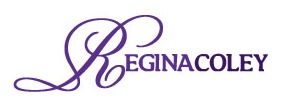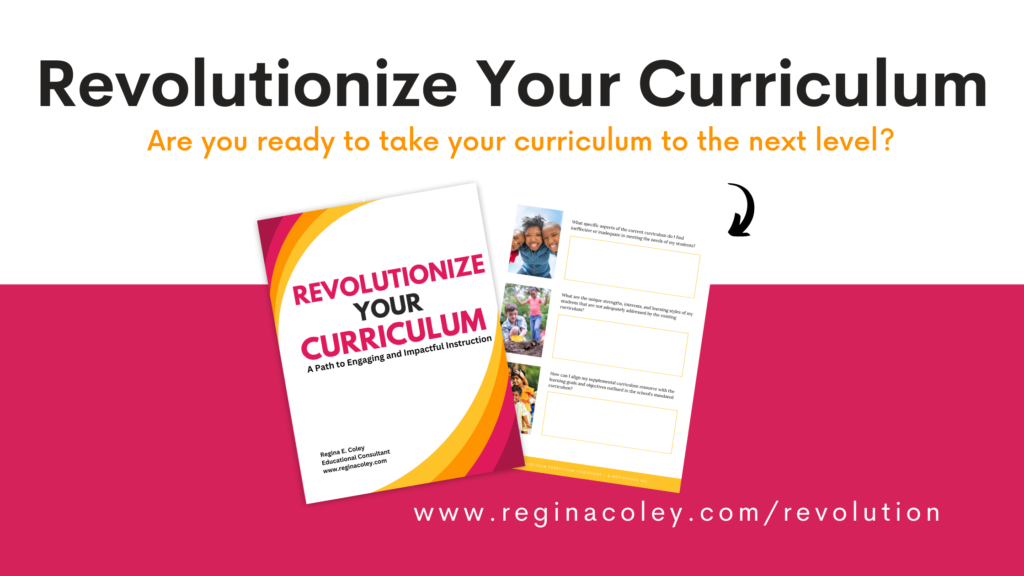As classroom teachers, we are constantly striving to create a learning environment that captivates and inspires our students. One powerful way to achieve this is by developing a custom curriculum that aligns with our student’s needs, interests, and learning styles. By taking the reins of curriculum design, we can revolutionize our classrooms and provide an educational experience that truly engages and empowers our students. In this blog post, we will explore the steps and strategies for developing a custom curriculum that will transform your classroom into a hub of active learning and student success.
1. Assessing Student Needs:
Before embarking on the journey of developing a custom curriculum, it is crucial to assess the needs of your students. Consider their academic abilities, interests, and learning preferences. Gather data through assessments, surveys, and conversations to gain insights into their strengths, weaknesses, and areas of passion. This information will serve as the foundation for designing a curriculum that caters to their unique requirements.
2. Defining Learning Goals and Objectives:
Once you have a clear understanding of your student’s needs, it’s time to define specific learning goals and objectives for your custom curriculum. Think beyond the traditional subject-area standards and focus on broader skills such as critical thinking, creativity, collaboration, and problem-solving. Set clear, measurable, and achievable goals that will guide your curriculum development process and provide a roadmap for student achievement.
3. Mapping Out Units and Themes:
A custom curriculum allows you the freedom to integrate engaging themes and units that spark curiosity and connect with your student’s interests. Consider interdisciplinary approaches and identify connections across various subject areas. Map out the units and themes that will be covered throughout the academic year, ensuring a balance between essential concepts and student engagement.
4. Selecting Relevant Resources and Materials:
To develop a custom curriculum that truly resonates with your students, it’s essential to curate relevant resources and materials. Look beyond the standard textbooks and explore a variety of sources such as digital content, real-world examples, guest speakers, and hands-on activities. Incorporate multimedia elements, interactive technologies, and authentic materials that bring the curriculum to life and make learning more exciting.
5. Emphasizing Student-Centered Instruction:
A key aspect of revolutionizing your curriculum is to shift the focus from teacher-centered instruction to student-centered learning experiences. Incorporate strategies such as project-based learning, inquiry-based approaches, and collaborative activities that promote active student engagement and ownership of their learning. Create opportunities for students to apply knowledge in real-world contexts, fostering a deeper understanding and connection to the subject matter.
6. Integrating Assessment and Feedback:
Assessment and feedback are vital components of any curriculum design. Develop a range of assessment methods that align with your learning goals and objectives, including formative and summative assessments. Incorporate authentic assessments that allow students to demonstrate their understanding through projects, presentations, portfolios, and performances. Provide timely and constructive feedback to guide their progress and promote continuous improvement.
7. Reflecting and Iterating:
Developing a custom curriculum is an ongoing process that requires reflection and iteration. Regularly assess the effectiveness of your curriculum and make adjustments based on student feedback and outcomes. Seek input from colleagues, attend professional development workshops, and stay updated with current educational research and practices. Embrace a growth mindset and be open to adapting and evolving your curriculum to meet the ever-changing needs of your students.
By taking the initiative to develop a custom curriculum, you have the power to revolutionize your classroom and create a transformative learning experience for your students. Through careful assessment, defining learning goals, integrating engaging themes, selecting relevant resources, emphasizing student-centered instruction, integrating assessment and feedback, and reflecting on your practice, you can design a curriculum that better engages and teaches your students. Embrace the opportunity to be innovative, creative, and responsive as you embark on this journey of educational transformation. Your students will thank you for it, and together, you will shape a brighter future.

